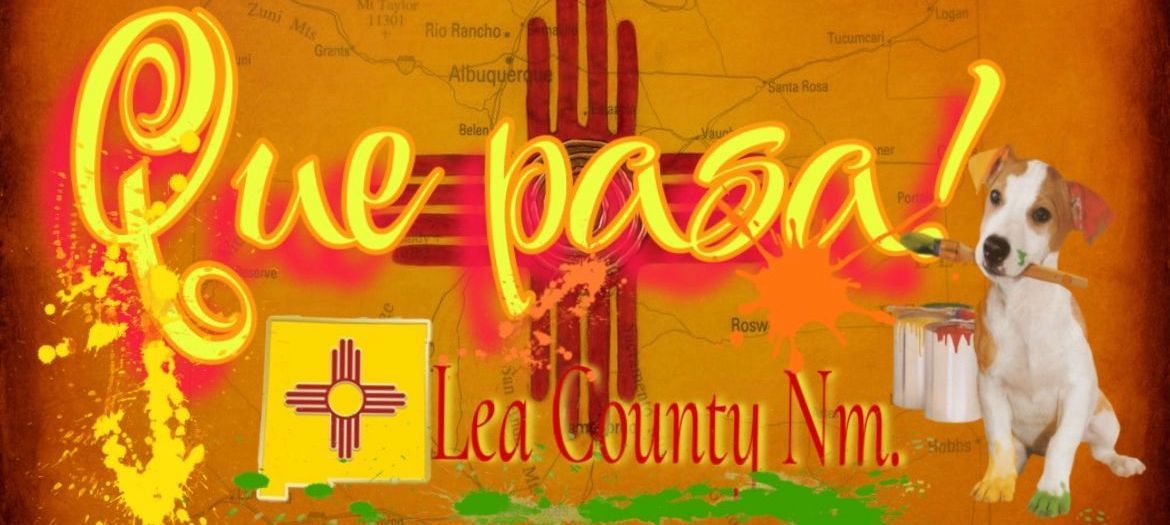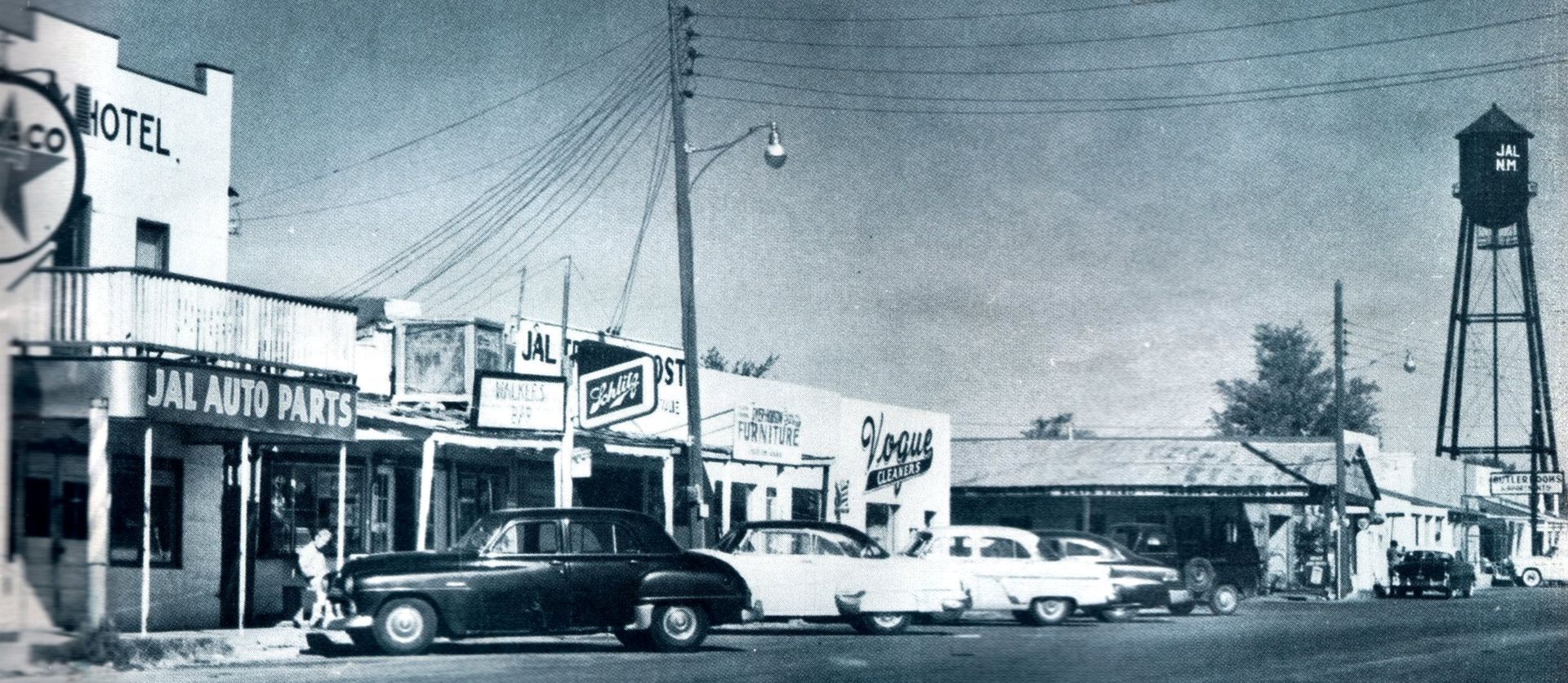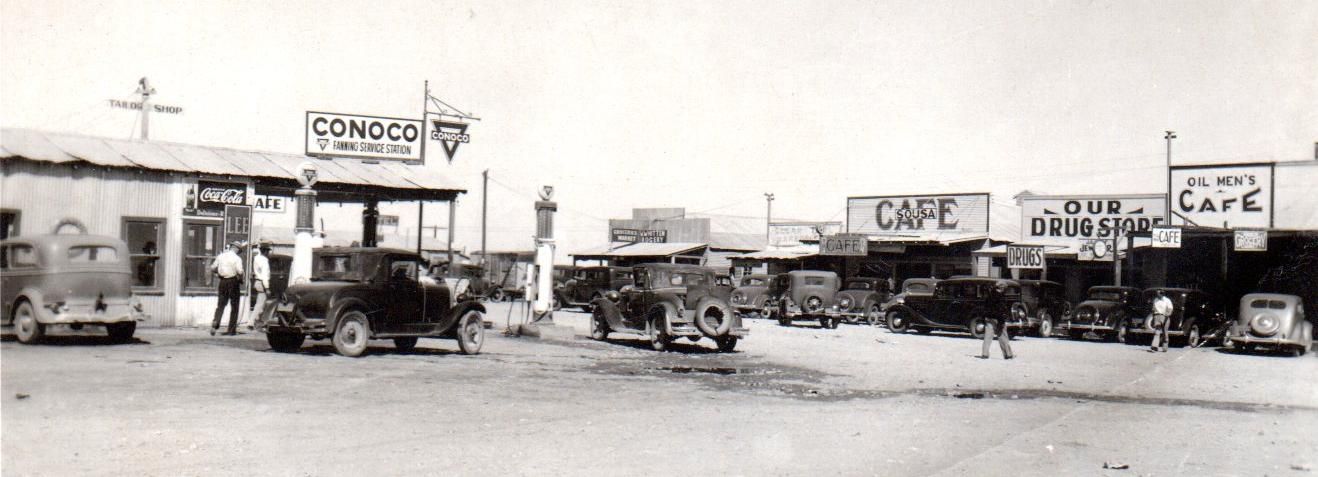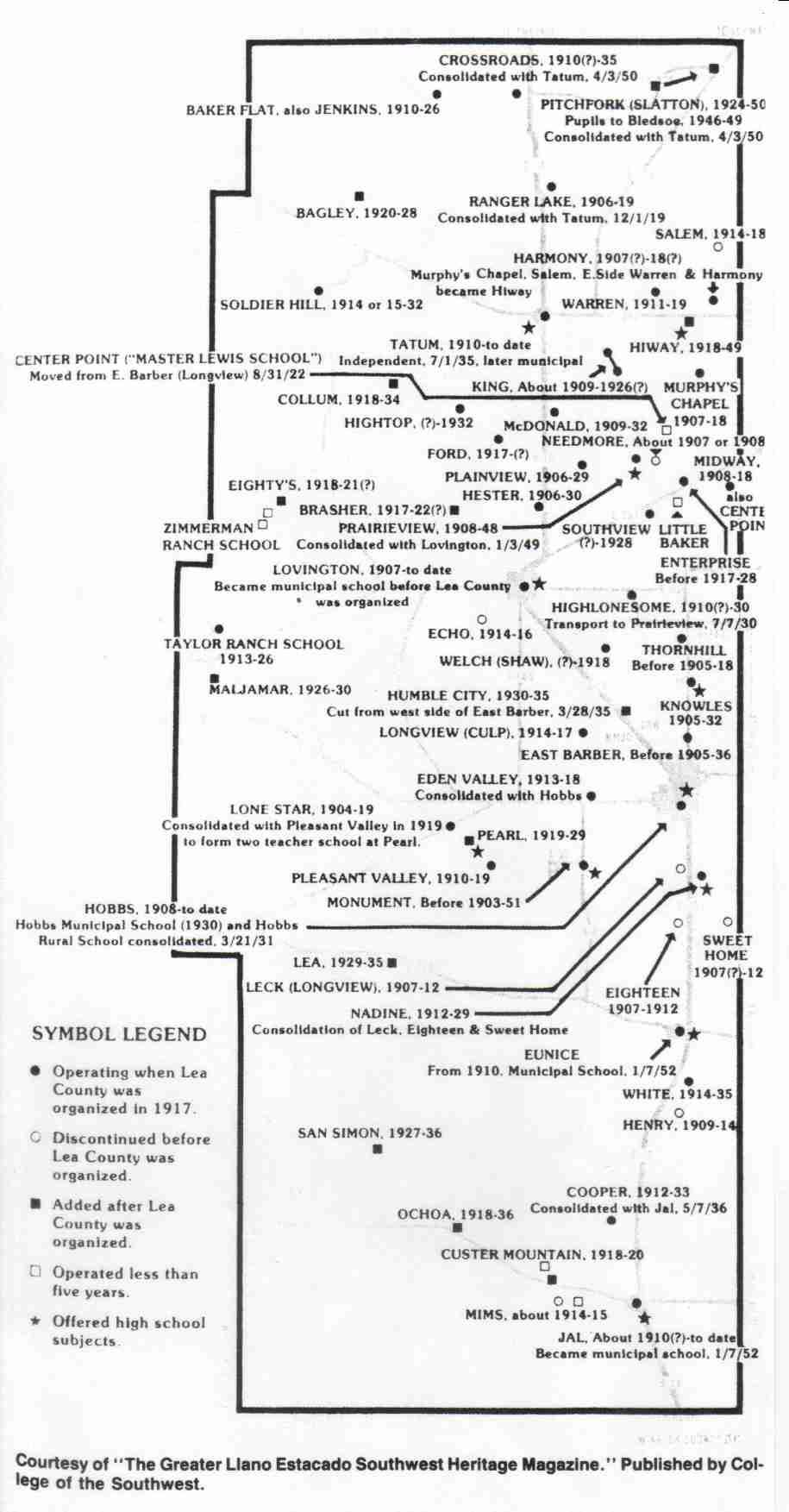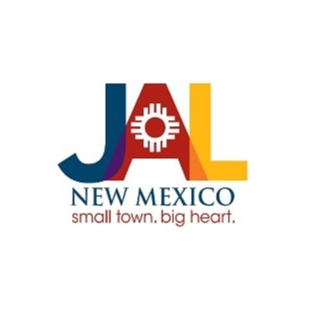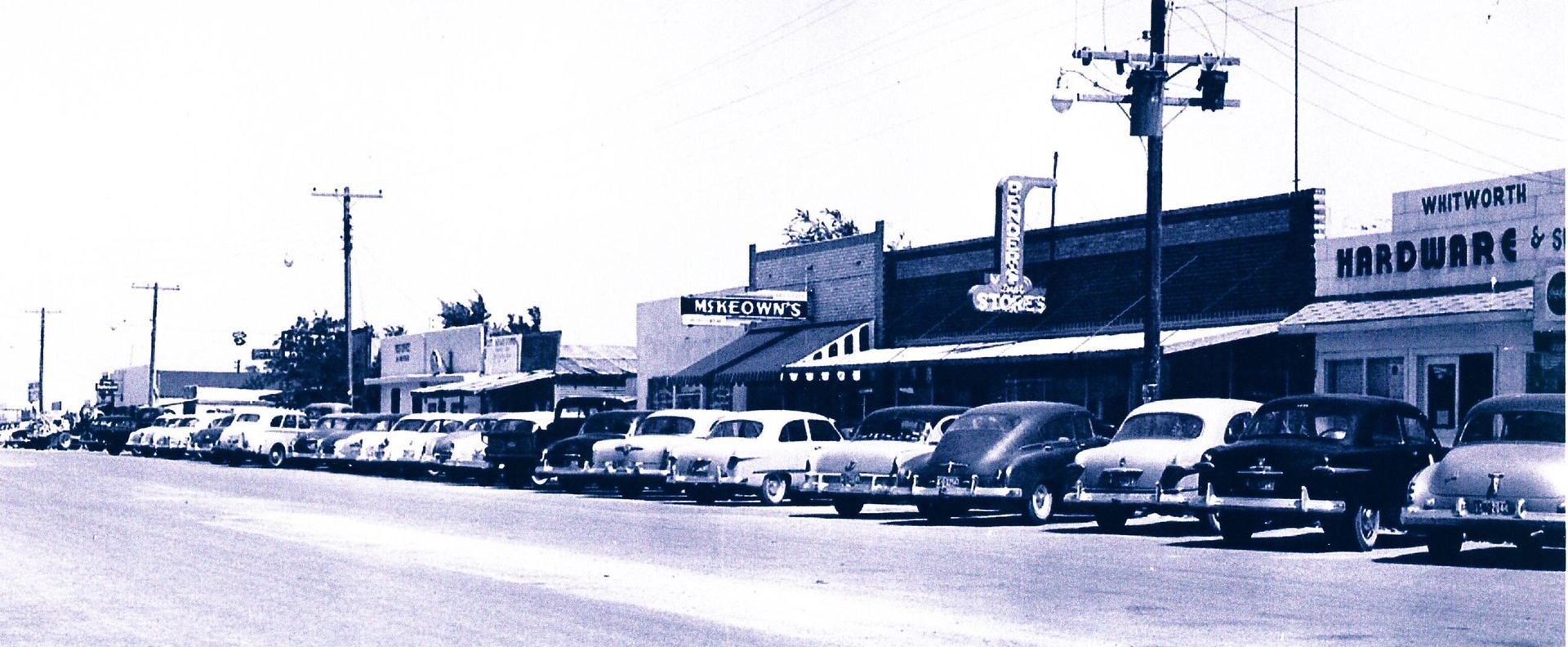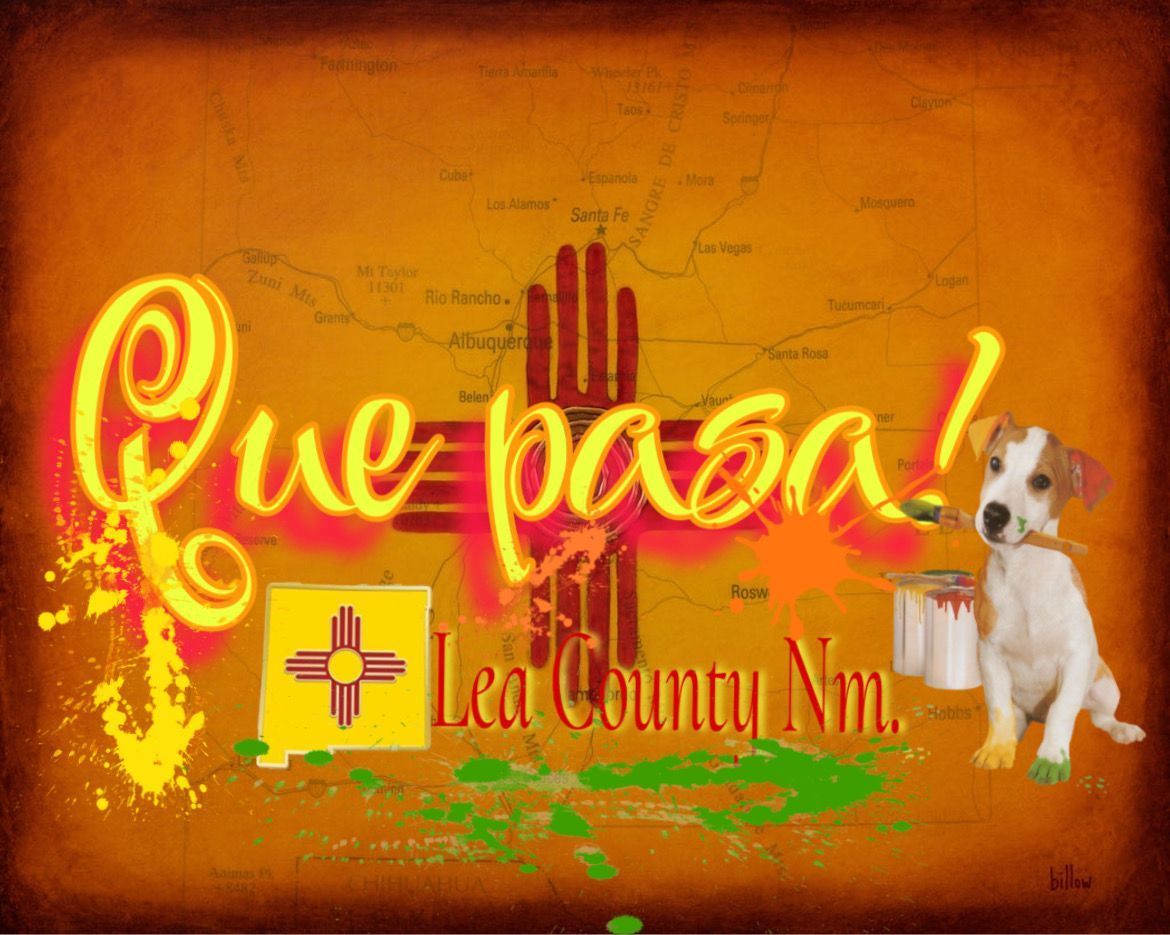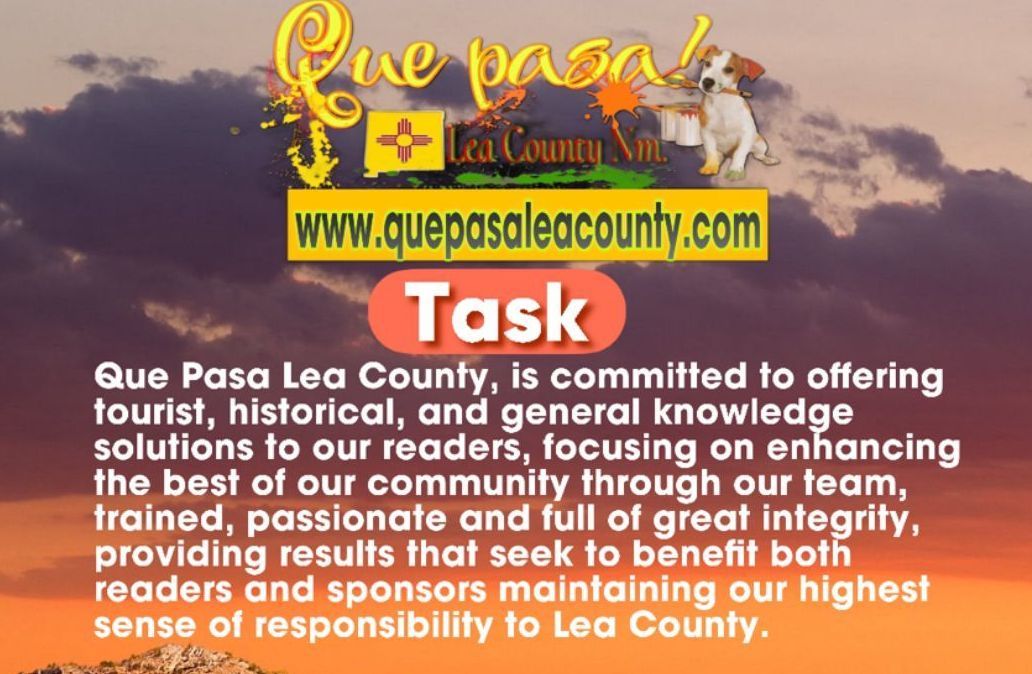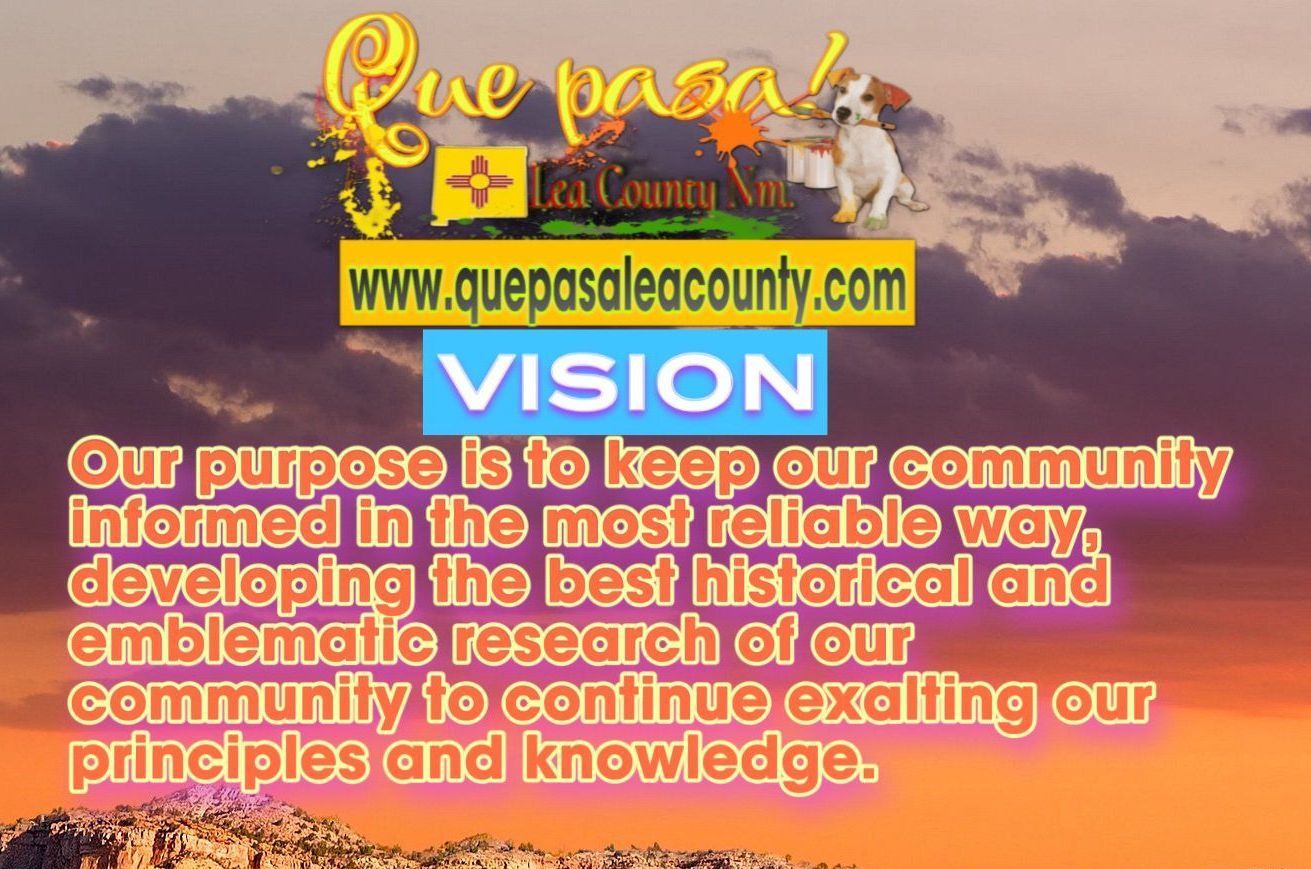Jal, New Mexico is a thriving community in the arid southeastern corner of the state. Although Native Americans had traversed the area for many years, going from one hunting ground to another, the almost total lack of surface water made permanent settlement difficult, if not impossible.
When the Cowden Brothers of Palo Pinto County, Texas brought cattle to the area around 1883, they started a new chapter in the history of the region. They had purchased a herd of cattle from William Cowden’s father-in-law, James Alonzo “Lon” Edwards. The cattle carried the JAL brand, the rights to which were also purchased from Edwards.
The brand consisted of a “J” on the left shoulder of the cow, an “A” minus the crossbar on the midsection, and an “L” on the left hip. This large brand was easily visible, and the cattle came to be known as “the JAL’s”, while the cowboys that worked them became known as the “JAL Cowboys” or the “JAL Outfit”. The Cowdens registered their JAL brand in in Midland County, Texas, and made their ranch headquarters in Monument Draw, six miles east of the current town. The Jal Historical Society & Museum, Inc. now owns the rights to that brand in New Mexico, having registered it with the New Mexico Livestock Board in 2004.
The Cowdens had their cowboys dig water wells across their range in order to keep their cattle watered. One of those watering places was Muleshoe Wells, near the current intersection of New Mexico Highways 18 and 128.
As homesteaders moved into the territory, a merchant who had set up a store near the JAL Ranch headquarters saw the need for a post office. Charles Justis applied to the government, and among the names submitted was “Jal”. It was this name which the postal service selected and in 1913 the first post office was begun some six miles east of the present-day city of Jal.
In 1916, with a drought plaguing the region, Justis felt the time had come to move his store and post office to a location with more readily available water. He selected Muleshoe Wells, and Jal—in its present location—was born.
Although its roots are in ranching, the discovery of oil in 1926 created a boomtown that briefly numbered nearly 9,000 people. Along with the oil came natural gas, and in 1927, oilman H.G. Frost and a Houston, Texas attorney named Paul Kayser created El Paso Natural Gas Company (EPNG) to supply the city of El Paso with natural gas. Knowing that there was gas available at wells in Jal, Frost and Kayser established the company’s headquarters south of Jal. Soon, pipelines were laid across the desert to El Paso. As the company grew and expanded its markets throughout the country, so much natural gas passed through the pipelines that Jal became known as the “Gas Capitol of the World”. EPNG would eventually become one of the largest natural gas transmission companies in the world, and would venture into foreign markets, even operating a fleet of ocean-going tankers to transport liquefied natural gas from Algeria to the U.S.
During this time, the population of Jal settled at approximately, 3,000-3,500 people. However, with the downturn in the oil and gas industry during the 1980’s, EPNG eventually moved many of its employees, and the population dropped to a low of about 1800 before rebounding following a series of oil booms.
Today, Jal is an active, growing community. Jal schools are noted for their academic and athletic achievements, boasting many state championships in various sports. Jal grads have gone on to important roles in business, industry, and entertainment throughout the country. One such person is golfing great Kathy Whitworth, who was the first female golfer to win a million dollars, and who has won more professional tournaments than any other golfer—man or woman.
Jal is also home to numerous churches, parks and businesses. Among Jal’s current attractions are the Woolworth Community Library, Jal Lake Park, and “The Trail Ahead…” metal sculpture.
The Woolworth Library is an outstanding facility that features an auditorium and meeting room, kitchen facility and classroom in addition to the thousands of fiction and nonfiction volumes, books on CDs and DVDs, and computers with high-speed internet connections.
Jal Lake Park is a 10-acre recreational area that includes a lake that spells the name of the town! It also features covered picnic pavilions, playground equipment, basketball courts, ducks, geese and year-round fishing. “The Trail Ahead…” is a 400-foot-long metal sculpture that honors the ranching heritage of the area. It features 17 silhouettes of cowboys on horseback herding cattle. The tallest figure is over twenty feet tall, and all of the figures are made from quarter-inch steel plate supported by oilfield pipe. The sculpture was a central part of the exhibit, “SoQ: Contemporary Art in Southeastern New Mexico” at the New Mexico Museum of Fine Art from January through April 2004. It has drawn visitors from Japan, Germany and Switzerland, as well as from across the United States.
Today, Jal is growing to meet the future while honoring over one hundred years of achievement with the same proud spirit that befits our motto: “Small Town, Big Heart!”
